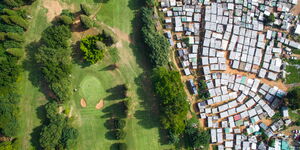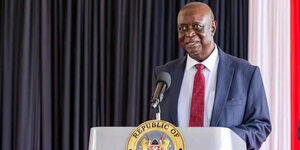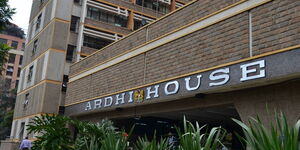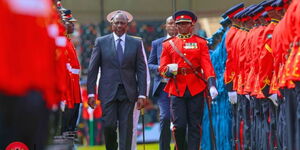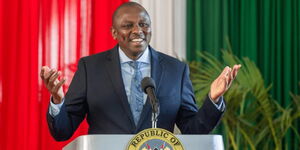President Uhuru Kenyatta has announced the end of the cessation of movement in and out of Eastleigh, Nairobi, and Old Town, Mombasa.
During a press conference at State House on June 6, the Head of State declared that the residents shall be free to leave and access the areas as of Sunday, June 7.
"I direct that the cessation of movement in Eastleigh and Old Town Mombasa shall lapse at 4 am on June 7.
"The cessation of movement in Kilifi and Kwale Counties shall also lapse at 4 am on June 7," he declared.
{"preview_thumbnail":"/files/styles/video_embed_wysiwyg_preview/public/video_thumbnails/eOREzieHXVs.jpg?itok=CDb7LWzL","video_url":"","settings":{"responsive":1,"width":"854","height":"480","autoplay":0},"settings_summary":["Embedded Video (Responsive)."]}
Uhuru however stated that the ban of all forms of gathering including bars would be extended by another 30 days.
At the same time, the president announced that the cessation of movement in and out of the Nairobi Metropolitan area, Mombasa and Mandera would be extended for a further 30 days.
He further directed that schools would re-open in September 2020.
The President disclosed that he had convened a session of the National and County governments coordinating summit to consider reviewing the effectiveness of the containment measures we have taken so far.
He noted that the precautionary measures instituted by the government had aided in reducing the infection rates in the county.
"Relaxing measures by 20 percent would lead to 200,000 infections and 30,000 deaths by December. Relaxing measures by 40 percent, infections would peak in November with 300,000 infections and 40,000 deaths. Relaxing by 60 percent would peak infections in October to 450,000 and 45,000 deaths," he stated.
The Head of State noted that it wasn't an easy decision when it came to deciding to reopen the economy.
"We took the time to come up with long-term strategies with regard to the cessation of movement. If we lift the ban, how will this help fight the pandemic? If we don't, how does this affect the economy? We turned to our experts. Opinions were divided.
"We asked for the best and worst-case scenarios. We must speak the truth to each other. Had we not taken the measures, we would have peaked at 800,000 infections by July 30. By the end of August, at least 75,000 Kenyans would have lost their lives," he stated.
{"preview_thumbnail":"/files/styles/video_embed_wysiwyg_preview/public/video_thumbnails/rOMpmVH1xhs.jpg?itok=Lkan47RC","video_url":"","settings":{"responsive":1,"width":"854","height":"480","autoplay":0},"settings_summary":["Embedded Video (Responsive)."]}


